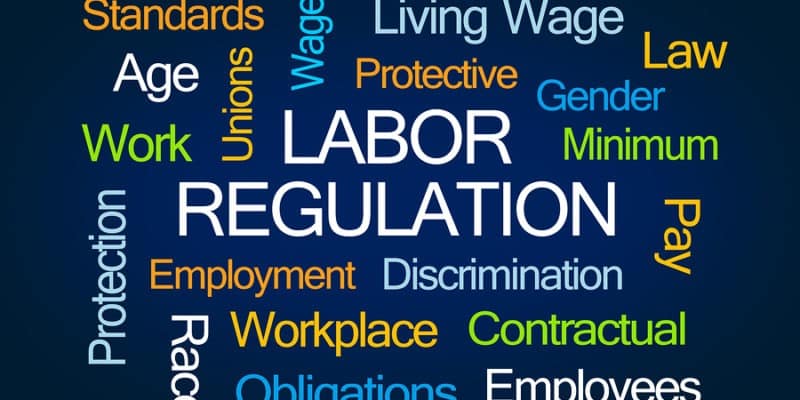Jan. 12, 2023 | David Sparkman
Agreement follows similar arrangements between other federal agencies.
In mid-December 2022, the U.S. Department of Labor (DOL) and the Internal Revenue Service (IRS) published an updated Memorandum of Understanding (MOU) for employment tax referrals that arise from investigations of workers’ possible employment misclassifications.
This agreement follows a pattern of similar partnerships entered into by other federal agencies during the Biden Administration that also have been crafted specifically to deal with the classification issue.
“We are determined to identify and resolve labor violations by employers who benefit by misclassifying employees as independent contractors and deprive them of the protections of the labor standards laws we enforce,” said Jessica Looman, principal deputy wage and hour administrator.
In 2011, DOL’s Wage and Hour Division (WHD) and the IRS first entered into a similar MOU to allow both agencies to use their resources to promote employer compliance with obligations to pay employee’ and related employment taxes.
The new MOU explains that the two agencies will establish a methodology for exchanging investigative leads, complaints and referrals of possible violations “to the extent allowable by law and policy.” However, the agencies assert that the terms of the MOU do not provide for any exchange of federal tax information.
The memo explains that the collaboration will enable both agencies to leverage existing resources and promote employer compliance with obligations to properly pay their employees and to pay all applicable employment taxes.
Although concerns over misclassification have been around for decades, the primary target has most often centered around independent contractors, such as trucking owner-operators. Concerns at the state level have included the failure of contractors to pay for workers’ compensation insurance and unemployment taxes. The focus has been expanded in recent years to include all sorts of freelancers and gig workers, such as computer programmers, and also has been a long-term issue for the nation’s labor unions who are prohibited by law from organizing independent contractors.
A new set of criteria that eliminates most of those workers who previously were able to legally claim independent contractor status was enacted in a California law and is being emulated by other states. The California approach also is contained in legislation that was introduced by Democrats in Congress as soon as President Biden was sworn in but has yet to make much headway.
Before the DOL-IRS announcement took place, the most recent similar agreement between federal agencies was forged between the National Labor Relations Board (NLRB) and the Federal Trade Commission (FTC) regarding gig workers. That MOU is aimed at addressing a number of other labor law issues in addition to workers’ misclassification, such as noncompete and nondisclosure provisions that may be included in worker contracts.
The new DOL-IRS agreement states that the “collaboration will enable both agencies to leverage existing resources and promote employer compliance with obligations to properly pay employees and to pay employment taxes. This multi-agency approach presents a united compliance front to employers and their representatives.”
(Read More)








